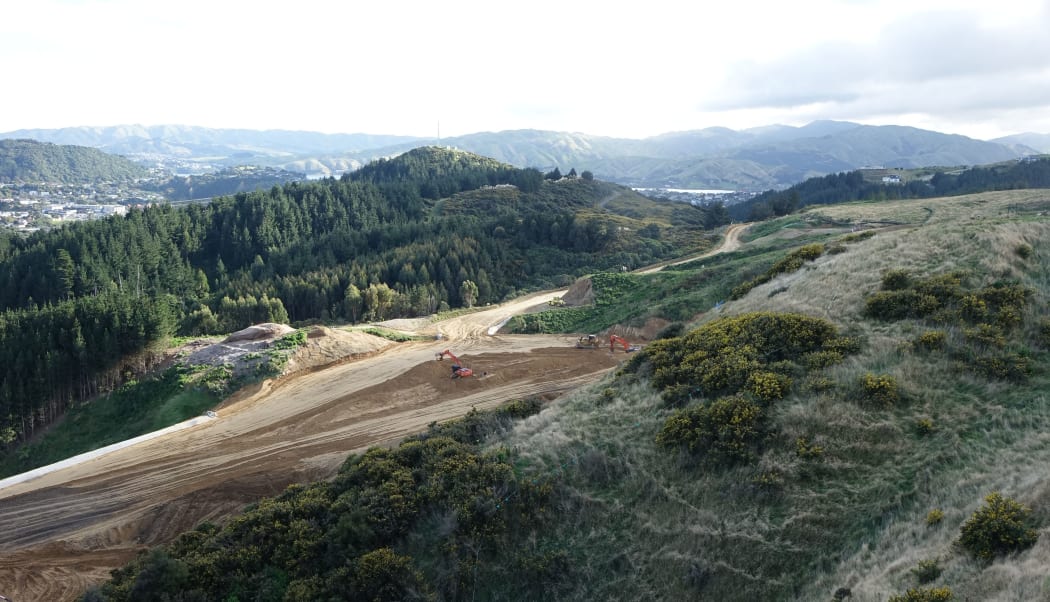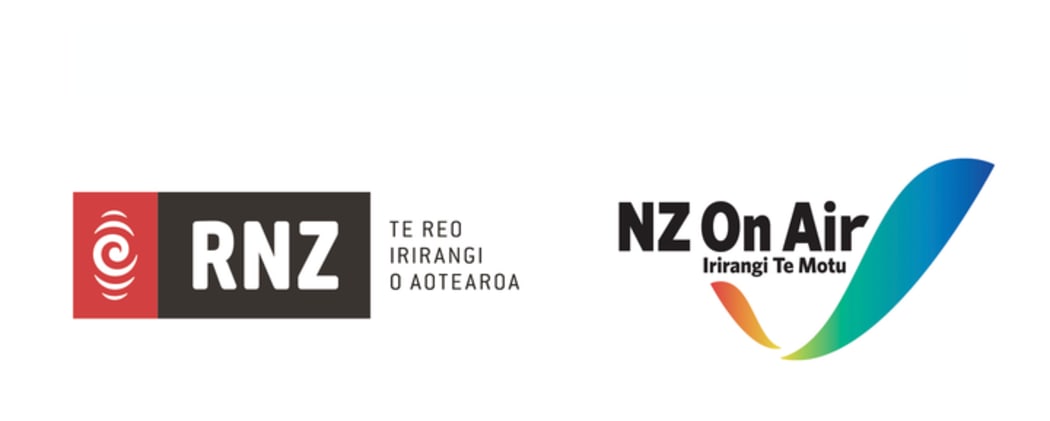
Transmission Gully will run from Kapiti to south of Porirua when it is completed. Photo: Supplied
The first shovels broke dirt on the planned Transmission Gully Motorway in 2014.
But nearly six years later, the project creating an inland route connecting north Wellington to the Kapiti Coast is flailing.
Costs have spiralled out of control; natural disasters diverted resources elsewhere; construction shortcuts have forced large sections to be rebuilt; and Covid-19 has stalled progress with labourers caught out of the country and legal clauses in the public-private partnership triggered.
In today's episode of The Detail, Emile Donovan speaks to Newsroom's Dileepa Fonseka about the difficulties plaguing the project, and when the rubber might finally hit the inland road, and to Wellington historian Gabor Toth about the tortuous route.
Transmission Gully - the gully, not the motorway - is a chain of steep-sided valleys running from north-to-south between the Kapiti Coast and Tawa, and through the hills east of Porirua.
A route through this inhospitable terrain has been considered since the late 1800s, with urban myths abounding, including one discredited story that US marines offered to build a road through there during the Second World War.
While State Highway One already connects Wellington to the Kapiti Coast, proponents say an inland route would offer safer and more efficient travel, and is an inevitability as the population of these areas - and, consequently, the density of traffic on SH1 - continues to rise.

Photo: RNZ / Alex van Wel
'It's basically supposed to be an alternative, more resilient route - that's why it goes inland, as opposed to across the coast," says Newsroom political reporter Dileepa Fonseka.
"The benefits of the project have been controversial: the cost-benefit analysis done on just the Transmission Gully part was less than one, which means you get less than a dollar return for every dollar you invest in it.
"But when it was assessed as part of a larger, broader Wellington northern corridor, it was seen - together with other roads planned to go ahead - as delivering benefits greater than one."
Chief among the issues is the way the project is being built: rather than the New Zealand Transport Agency (NZTA) taking on the responsibility of funding and building the motorway, it elected to go with a public-private partnership model, or PPP.
Under such a model, the responsibility for funding, building, operating and maintaining the route is delegated to a private company - in this case, the Wellington Gateway Partnership (WGP).
WGP secures financing for the project, and sub-contracts construction companies to build and maintain the road; it receives payment from the NZTA once the road is constructed, and other incentives are built into the contract as well.
PPPs are used around the world on big infrastructure projects: in theory they mitigate the risk of cost blowouts and also mean public agencies don't have to front up with a load of cash.
But this model hasn't been used often in New Zealand. And there've been teething problems.
The cost of the project has ballooned out to more than $1 billion, after the NZTA agreed to pay nearly $200 million to compensate for delays caused by the Kaikōura earthquake.
Some 80 workers are currently locked out of the country after leaving due to the threat of Covid-19.
And some sections of the road are having to be re-surfaced, following revelations they weren't up to safety standards.
The project was meant to be completed by April 2020. Obviously that date's now out of the question - so what's the latest? Dileepa Fonseka says it depends who you ask.
"The official line is it's well into 2021. What we've been told is that actually the real date being discussed is 2022, to allow for an extra season of earthworks, which runs from October to April.
"This would allow them to fix some of these issues that have arisen - including with a new experimental method, which would involve mixing more rock into the road base.
"It's seen as experimental because it hasn't been done in that way before, but if it does work the payoff is that the road could be delivered sooner than the second half of 2021.
"But I guess that's going to be a 'wait-and-see' on that front."


